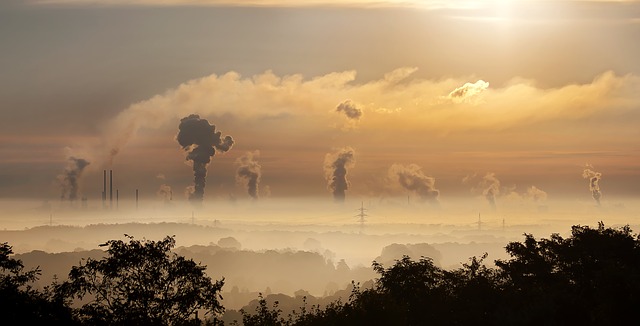Environmental justice is the idea that all people deserve the same environmental protection from the law no matter their race, color, or religion. The Environmental Protection Agency (EPA) notes that this is a major goal not only for the external environment but also for internal environments. Commercial Indoor air quality (IAQ) is a large part of that internal environmental quest for justice, but it is difficult to maintain for all individuals equally.
The difficulty in maintaining environmental justice in internal environments is that each location is not monitored separately. A building owner may not be aware that there is a problem until the problem or pollutants cause serious health consequences.
What are Common Indoor Air Pollutants?
There are some indoor air pollutants that are more recognizable. Obviously, things like tobacco smoke are pollutants that are obvious due to detectable scent and irritation. However, many indoor pollutants are odorless and difficult to detect.
Some sources of indoor air pollutants that may be difficult to detect are asbestos, biological pollutants, carbon monoxide, formaldehyde, lead, nitrogen dioxide, pesticides, radon, indoor particulate matter, stoves, fireplace, and volatile organic compounds.
Many of these pollutants and their sources go unnoticed or require very specific testing to identify, which is why it typically takes health problems to get them detected and resolved.
What are the health consequences of poor IAQ?
Some of the health consequences of poor indoor air quality may be irritation or itchiness. However, many indoor air pollutants cause health problems over time. From respiratory diseases to cancer, these health problems can be deadly in certain populations.
There are some populations that are more vulnerable than others, and children and the elderly seem to be more affected along with those who have other concurrent health problems.
How to Improve Air Quality in Commercial and Residential Buildings
Ventilation is one of the primary ways that you can improve air quality in your commercial or residential building. Whether it is outdoor pollutants or indoor mold or asbestos, allowing for the movement of air prevents pollutants from accumulating and causing severe health consequences for the people who must be in the building. In many regions, there are buildings that are structured in ways that prevent proper ventilation. That lack of proper aeration of the rooms in the building can result in the accumulation of toxins and harmful particles being suspended in the air. So, if the building authorities consider opting for EHS (Environmental Health Safety) audits conducted by experts (like the ones at iSi Industrial Services– acclaimed to be one of the most satisfactory service providers of asbestos abatement kansas), they (authorities/ employers) can grasp that the problem is with ventilation– that may prove to be the reason for the increased accumulation of toxins (which may be the cause of sickness) in the air. Then they would perhaps, do something about the structure. There are, however, many building authorities who do not heed the problem with air quality or stay ignorant. In that circumstance, one (employees) might have to rise up to the occasion to contact firms that conduct Commercial Indoor Air Quality assessment in the Fresno area or in their vicinity to get their indoor air checked for impurities. If found, they can then take the necessary steps to remove the pollutants from the building.This is especially important in commercial buildings where workers and customers have no control over indoor air quality and may be particularly susceptible to pollutants.
If you have an indoor air quality problem, or even if you think you have one, contact a professional to rule out harmful pollutants. Not only will a professional be able to detect a problem, but they’ll also have positive solutions to make sure the problem is resolved for the long-term.
